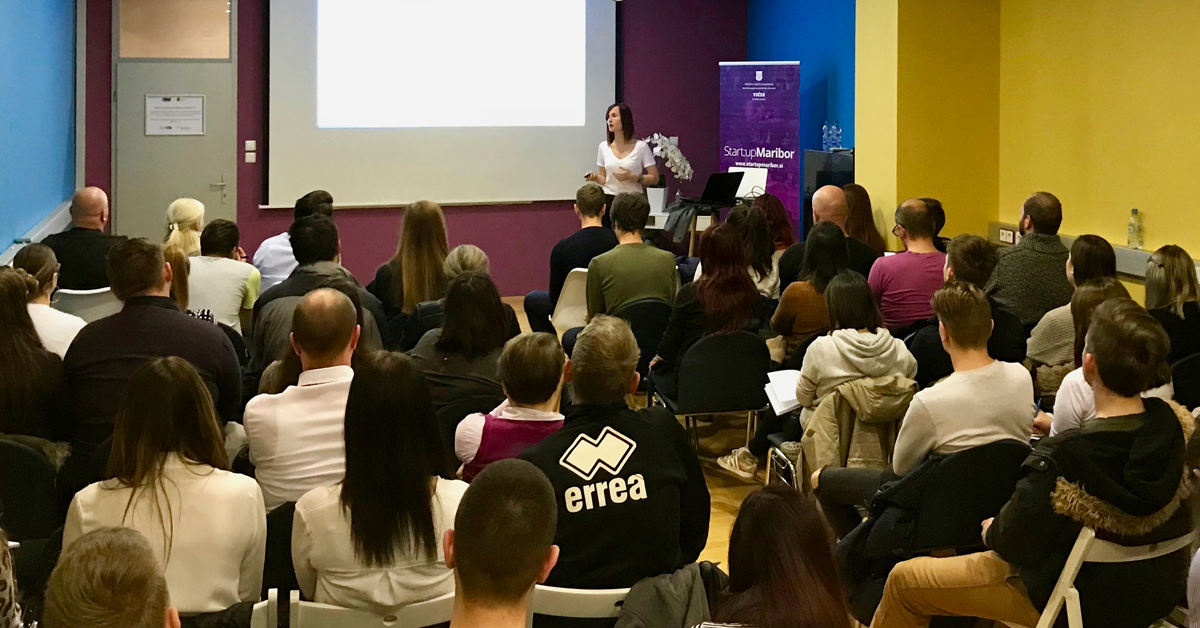How can you reach your potential customers on Facebook? How does the approach differ on the Google platform and how can we combine them? Why isn’t one attempt enough and what can we do if there are no results? Do users read and understand the ad differently on the phone and the computer? These questions and many others about Facebook advertising were answered at Venture Factory, at the workshop led by Anja Rus, specialist for advertising on the two biggest platforms, Google AdWords and Facebook, from company Red Orbit.
Desktop is withdrawing, mobile is king
The best approach to designing a digital ad campaign is realizing that we will get an effect by testing, and then adjusting to the results. Statistics show that users do more than half of web browsing on a mobile device, and the bigger share of this time is dedicated to applications, where Facebook is king. There is also the problem of split attention, because a lot of users, for example, watch TV while monitoring their news source. We ourselves know that with our activities, we give the network a lot of information about our interests, and by monitoring our use and logins into different devices, the platform has very exact information on when it’s the same user, how we switch between devices, how long we spend where what we save etc. From this aspect, Facebook has a lot better overview of users than Google does, for example, because there, we mostly don’t log into all devices with our user accounts. In Slovenia, the share of mobile users hasn’t yet exceeded desktop ones, but it is approaching the global trends that are heading into this direction.
Customers should get to know you first
That’s all well and good but still, where should you start? Just like you wouldn’t buy a product from a stranger on the street, you also won’t make your purchase blindly online. That’s why Anja’s advice is that with your campaign, you should first get to know your customer and define them in detail – their gender, age, interests, where they live etc. In the first step, the campaign should be focused on making the user aware of and acquainted with the brand, not making a purchase. In Facebook’s ad editor, you can choose between preset campaign goals, based on which the algorithms adapt the display. Dedicate a lot of attention to preparing interesting content, because the users’ attention is limited to 3 seconds. You also need to be aware of the purchase funnel principle, which states that from a group of 1000 people who have been reached, between 5 and 7 customers actually finish the purchase. The purchase decision path has significantly changed due to the use of different devices, and has gotten longer in some cases.
